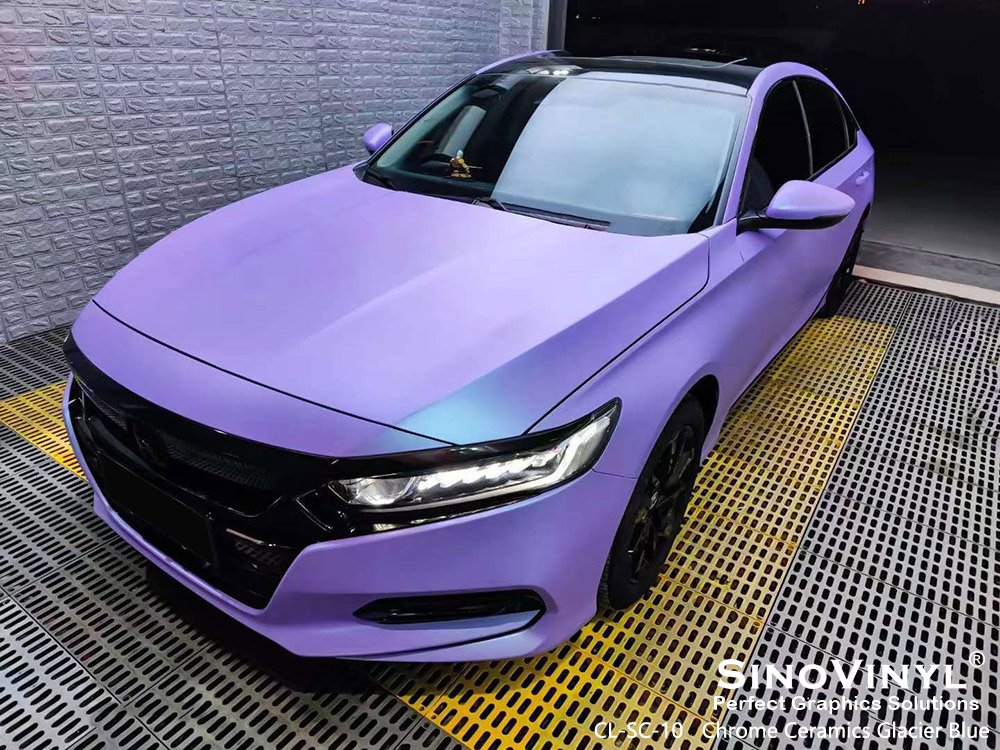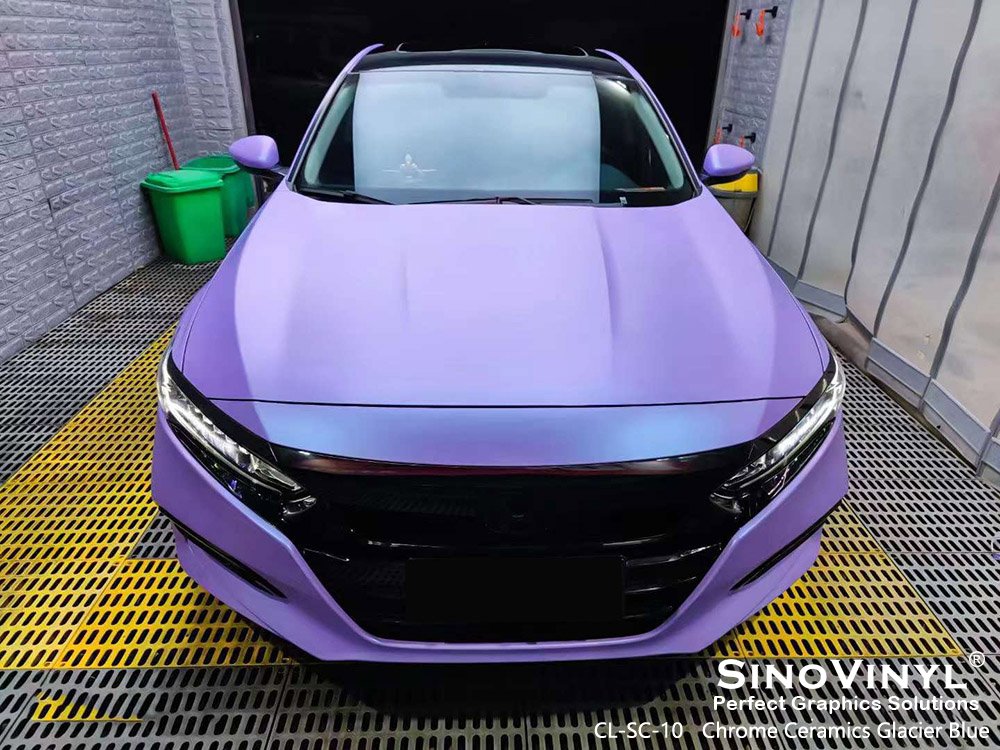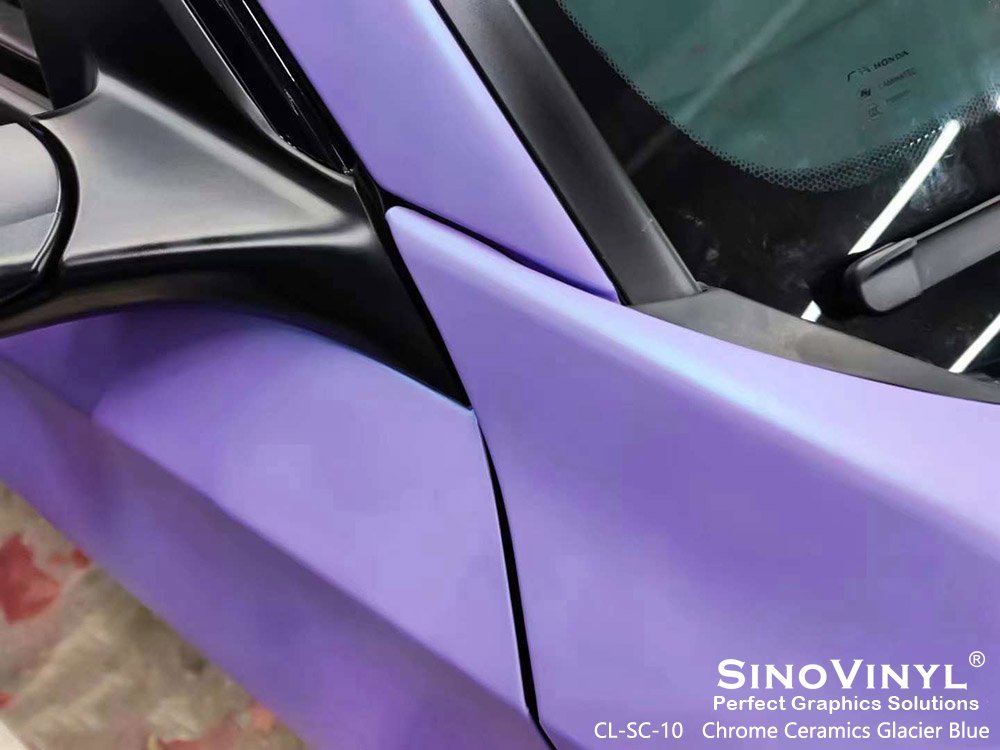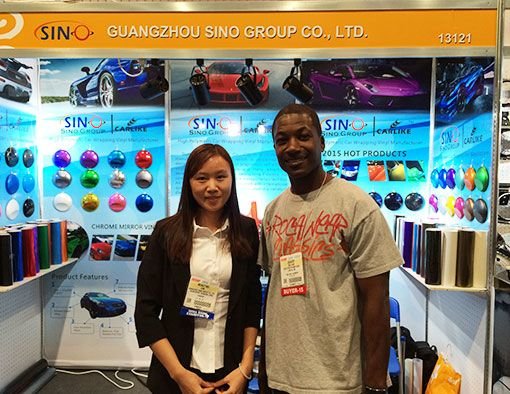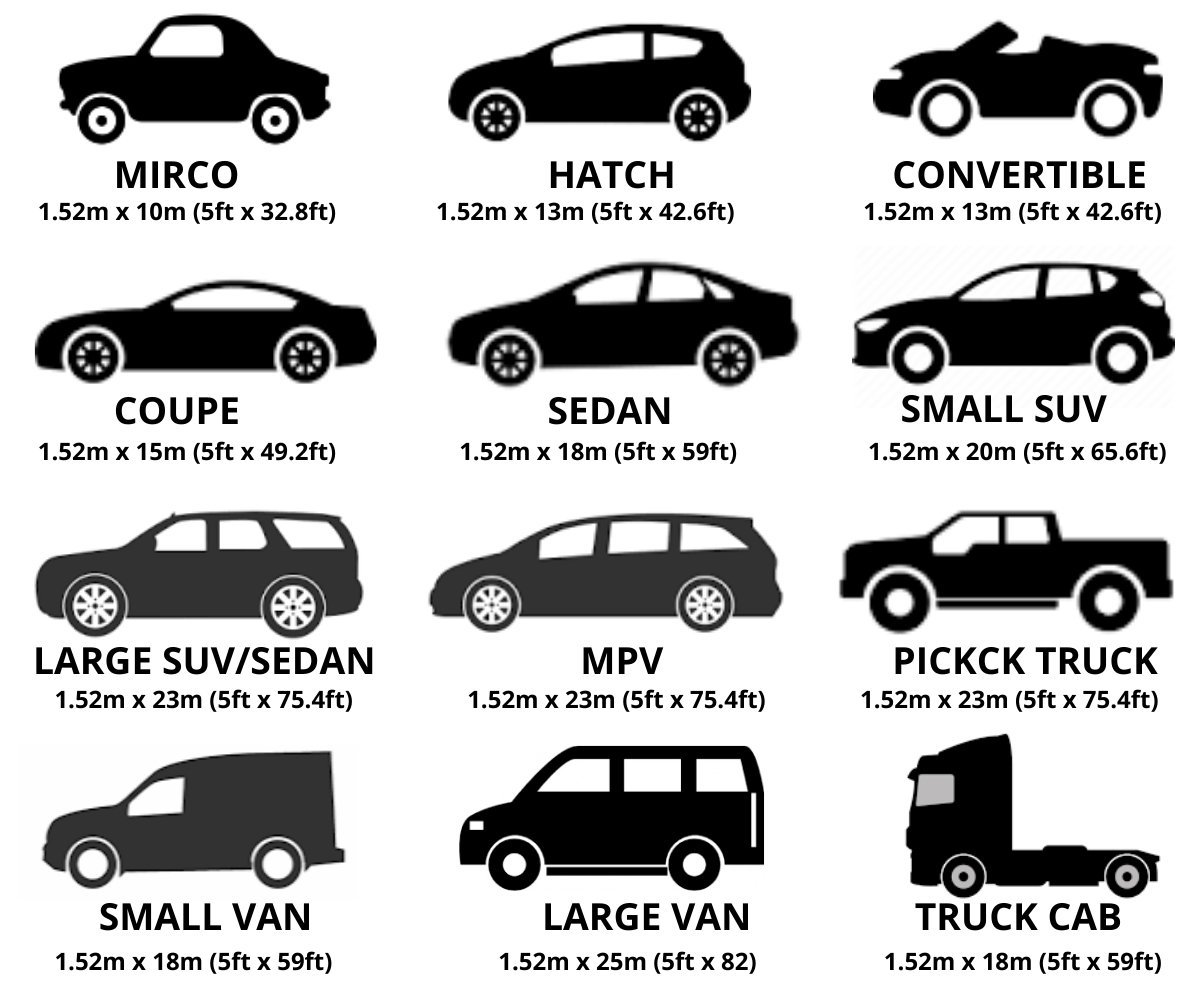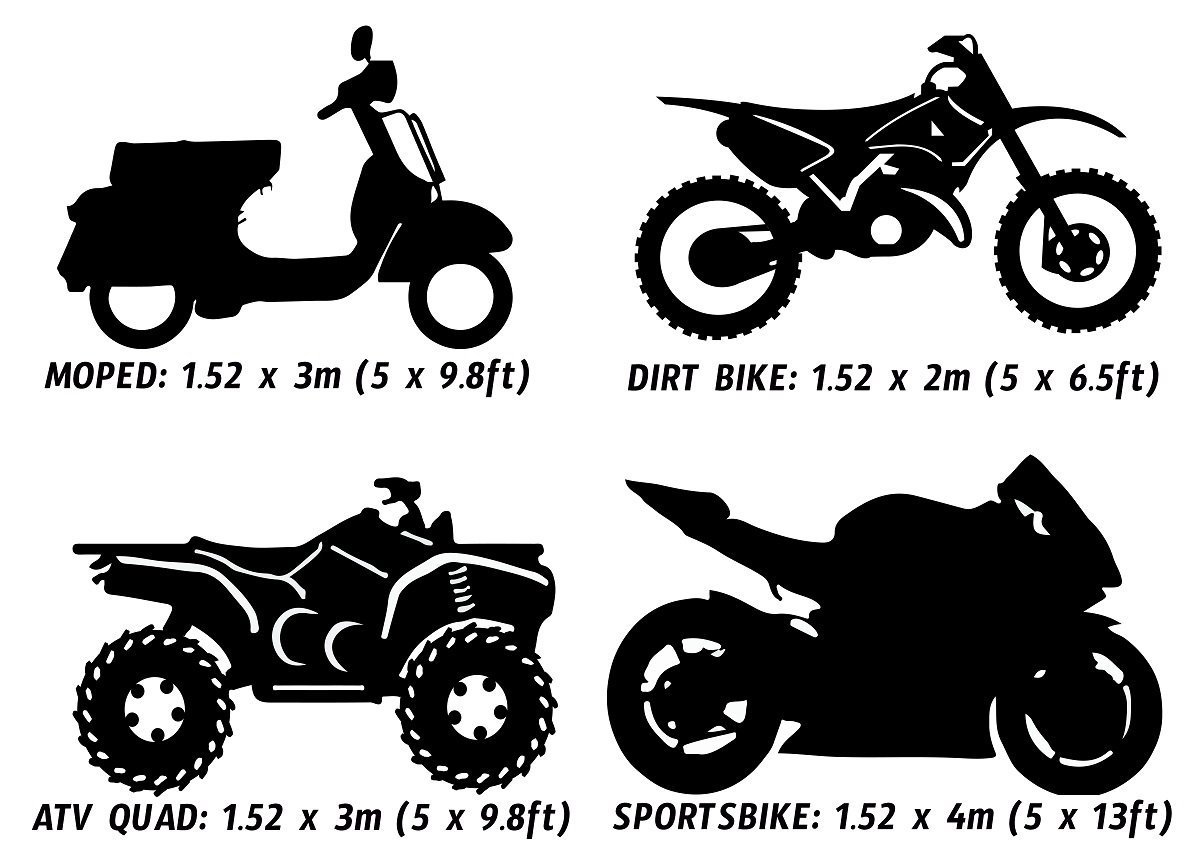Here are 10 common pitfalls and challenges that individuals might face when attempting a DIY vinyl wrapping project:
1. Improper Surface Preparation
– Inadequate cleaning and preparation of the vehicle’s surface can lead to poor adhesion and a subpar finish.
2. Inaccurate Cutting
– Incorrectly measuring and cutting the vinyl can result in misalignment, bubbles, and gaps.
3. Air Bubbles
– Trapped air bubbles under the vinyl can distort the appearance and compromise the longevity of the wrap.
4. Stretching the Vinyl Too Much
– Overstretching the vinyl during installation can cause it to shrink back over time, leading to wrinkles and lifting edges.
5. Lack of Heat Application
– Proper heat application is essential for conforming the vinyl to complex curves and contours of the vehicle. Failure to do so can result in creases and lifting.
6. Poor Adhesion
– Not applying enough pressure during installation or missing spots can lead to areas of poor adhesion, making the wrap susceptible to peeling.
7. Difficulty in Complex Areas
– Negotiating intricate areas like door handles, mirrors, and bumpers can be challenging and require advanced skills and techniques.
8. Choosing Incompatible Materials
– Using low-quality or incompatible vinyl and adhesive materials can result in discoloration, fading, and adhesive failure over time.
9. Inadequate Post-Installation Care
– Neglecting proper care and maintenance after wrapping can diminish the appearance and durability of the vinyl wrap.
10. Lack of Experience
– Without proper training and experience, DIY enthusiasts may struggle with achieving professional-level results, leading to dissatisfaction with the final outcome.
Being aware of these pitfalls and challenges can help DIYers prepare better for their DIY vinyl wrapping projects and consider seeking professional assistance when needed.
